Are All Processed Foods Bad For You?
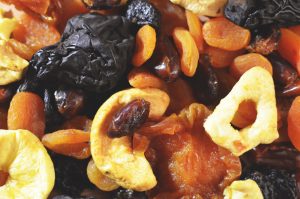 While there’s a generalization that processed foods are bad for you, it’s just that, a generalization. There are foods that are processed that not only could be in your menu, but should be. The definition of processing is food that is cooked, canned, frozen, milled or dehydrated. Processing does many things. It can lower the nutritional value of food. It can also be loaded with unhealthy additions, which include preservatives, sodium and added sugar. Those are the true culprits of processed food, so reading the label is imperative.
While there’s a generalization that processed foods are bad for you, it’s just that, a generalization. There are foods that are processed that not only could be in your menu, but should be. The definition of processing is food that is cooked, canned, frozen, milled or dehydrated. Processing does many things. It can lower the nutritional value of food. It can also be loaded with unhealthy additions, which include preservatives, sodium and added sugar. Those are the true culprits of processed food, so reading the label is imperative.
Check your label and see if the food includes the following ingredients.
Is there added sugar to the food? Whether it’s low calorie sweeteners, high fructose corn syrup, regular table sugar or other sweetener, it adds calories, affects your health and provides no upside in nutrition. Refined grains are another that should be avoided. It doesn’t have the nutrition of whole grains. There’s a link to bad health and refined grains. Trans fats are removed from may products, but you’re more likely to find them in pastry, donuts and pies. Fried foods are also food you should avoid.
You may have to do a little extra to make some processed food healthier.
If you’re on a budget, it’s good to know that canned vegetables and canned fruit without added sugar can be quite healthy. For food with added sodium, such as beans, you may have to pour off the liquid and rinse them. Canned salmon, tuna or other fish without additives and packed in water are also healthy. If you’re a fan of peanut butter or other nut butters, you’ll be happy to know natural options are good. The same is true of whole-grain cereals without added sugar and plain yogurt,
Eating whole food doesn’t necessarily mean fresh from the garden.
During off-season, eating fresh fruits and vegetables can be a bit pricey. To save money, you can use frozen fruits and vegetables liberally. The same is true for canned ones, except you still have to check the labels on canned food. Studies show that frozen fruit and vegetables may actually have more nutrients since they’re picked at their ripest and immediately frozen.
- Do you want a delicious and healthy dessert? Combine chopped walnuts, chopped whole frozen black cherries or blueberries and plain Greek yogurt. Mix well. It’s a sweet treat that is healthy and low in calories.
- Cheese may be a healthy option, but you want the healthiest options. Cottage cheese, feta, goat cheese, Parmesan and part skim milk mozzarella are healthiest.
- If you want a simple method of finding food to avoid, consider anything with added sugar, processed meat, like hot dogs, diet or regular soda and most snacks, such as chips, cheese puffs or tortilla chips.
- While fruit juice may seem like a healthier alternative to soft drinks, you’re better off eating the whole fruit and drinking water. You’ll feel fuller, add fiber to your diet and often consume fewer calories.
For more information, contact us today at Reggie C Fitness

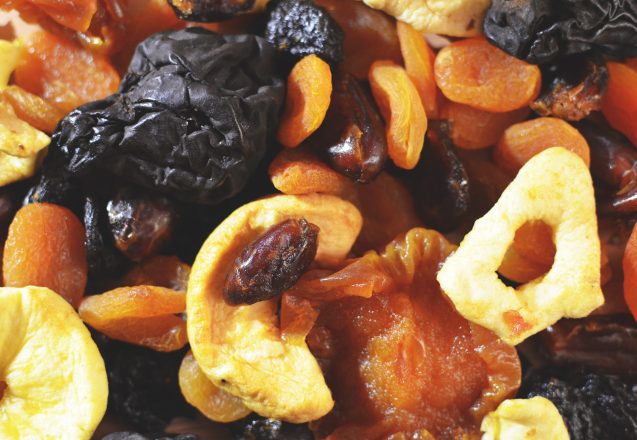
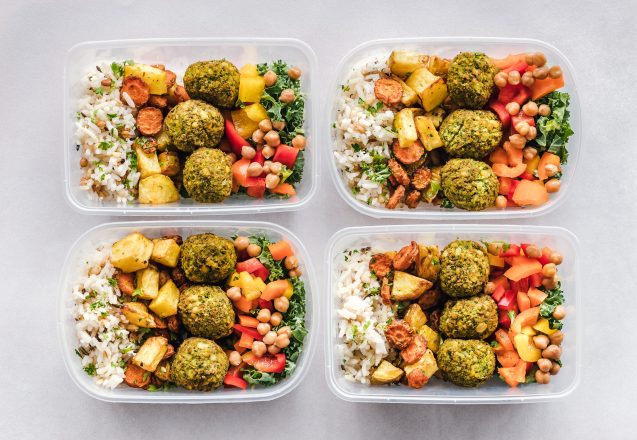
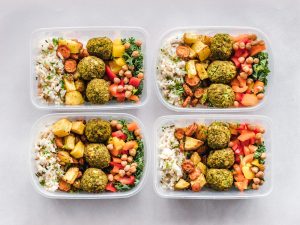 If you’re using my ap or working out with me in Houston, TX, you know I highly recommend a program of healthy eating. Weight loss and fitness starts in the kitchen, which is why I made it easy for you with the weekly menu and shopping list ap. I’ve had several people follow the plan and ask what the best day to meal prep is. That’s one thing that’s so great about the program. You get to choose. It should be a day when you can have time to stay home and don’t have to go to work.
If you’re using my ap or working out with me in Houston, TX, you know I highly recommend a program of healthy eating. Weight loss and fitness starts in the kitchen, which is why I made it easy for you with the weekly menu and shopping list ap. I’ve had several people follow the plan and ask what the best day to meal prep is. That’s one thing that’s so great about the program. You get to choose. It should be a day when you can have time to stay home and don’t have to go to work.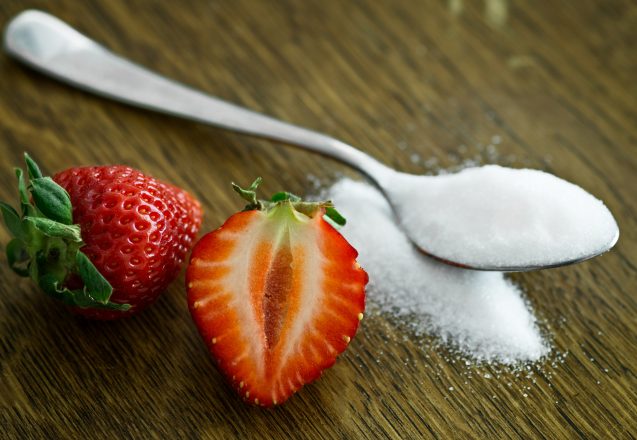
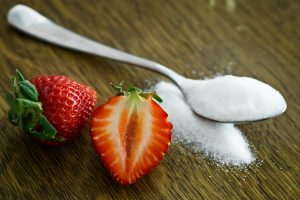 You don’t have to live in Houston, TX, to realize there’s food with added sugar everywhere you look. If you want to quit sugar for good, it becomes pretty difficult. Not only is added sugar in the vast majority of food we eat, it’s also quite addictive. It stimulates the reward center of the brain, like an opioid, releasing dopamine that makes us feel good. While it’s not physically addictive like an opioid, it’s emotionally addictive because it makes you feel good. Think about the times you grabbed a sweet because you felt bad emotionally. That’s what is meant by emotionally addictive.
You don’t have to live in Houston, TX, to realize there’s food with added sugar everywhere you look. If you want to quit sugar for good, it becomes pretty difficult. Not only is added sugar in the vast majority of food we eat, it’s also quite addictive. It stimulates the reward center of the brain, like an opioid, releasing dopamine that makes us feel good. While it’s not physically addictive like an opioid, it’s emotionally addictive because it makes you feel good. Think about the times you grabbed a sweet because you felt bad emotionally. That’s what is meant by emotionally addictive.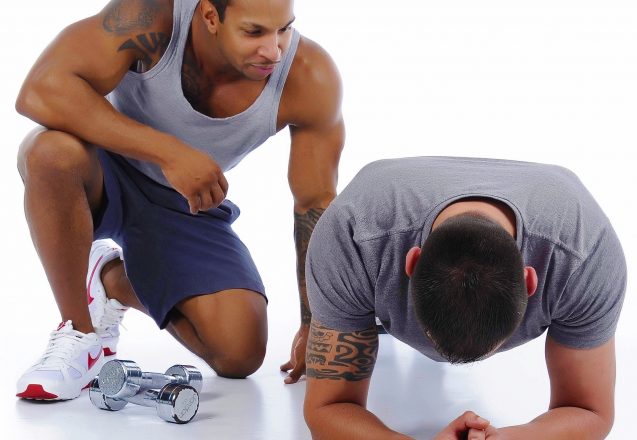
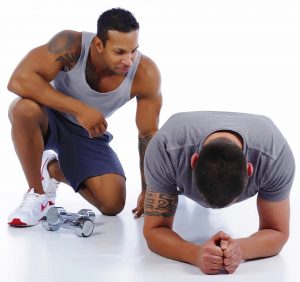 What is accountability? There are a lot of definitions, but they all boil down to someone holding you personally responsible for your actions. When you work with a personal trainer, he or she tracks your progress when you exercise and measures and records your success. The trainer knows your goals and what you should be achieving, so if you don’t meet them, either you didn’t follow the path or there needs to be changes in how you reach those goals. Someone who has to meet a trainer at a gym or report to a trainer is being held accountable for his or her actions.
What is accountability? There are a lot of definitions, but they all boil down to someone holding you personally responsible for your actions. When you work with a personal trainer, he or she tracks your progress when you exercise and measures and records your success. The trainer knows your goals and what you should be achieving, so if you don’t meet them, either you didn’t follow the path or there needs to be changes in how you reach those goals. Someone who has to meet a trainer at a gym or report to a trainer is being held accountable for his or her actions.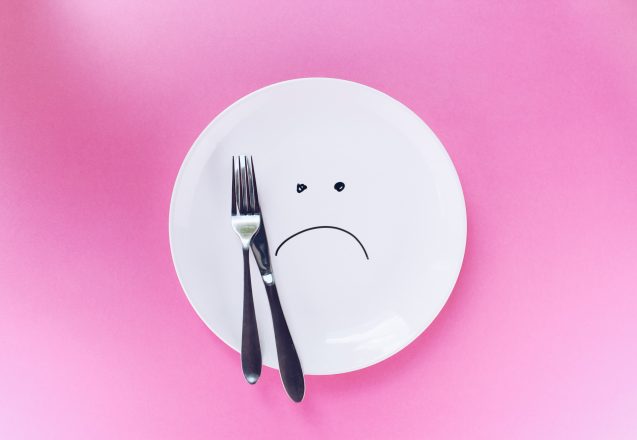
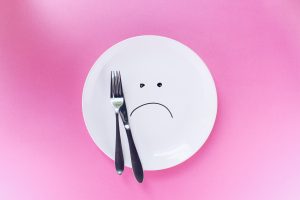 If you’ve heard about the latest miracle diet called intermittent fasting, don’t just toss the idea away as another fad. There is some scientific proof that intermittent fasting may be good for your health and also some logic that says it might be a good way to shed those extra pounds. The studies were animal studies. For a long time, scientists have known that calorie restriction could make rats stay younger longer. However, more recently they found that there was more to the story.
If you’ve heard about the latest miracle diet called intermittent fasting, don’t just toss the idea away as another fad. There is some scientific proof that intermittent fasting may be good for your health and also some logic that says it might be a good way to shed those extra pounds. The studies were animal studies. For a long time, scientists have known that calorie restriction could make rats stay younger longer. However, more recently they found that there was more to the story.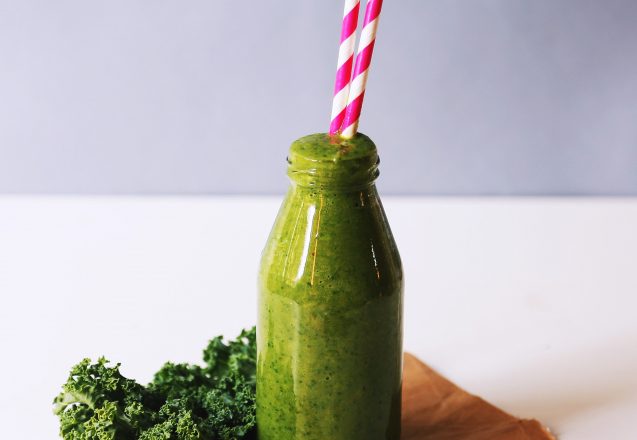
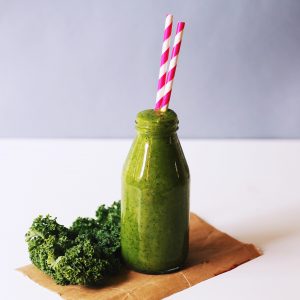 One client in Houston, TX, asked me whether she needed a preworkout. When I said that it all depended on her situation, she looked puzzled. She thought a preworkout was a warm-up, which is important for every person that exercises. I reassured her that a preworkout was a drink or other type of supplement taking before starting a workout and that there were reasons to take them and also reasons they’re unnecessary.
One client in Houston, TX, asked me whether she needed a preworkout. When I said that it all depended on her situation, she looked puzzled. She thought a preworkout was a warm-up, which is important for every person that exercises. I reassured her that a preworkout was a drink or other type of supplement taking before starting a workout and that there were reasons to take them and also reasons they’re unnecessary.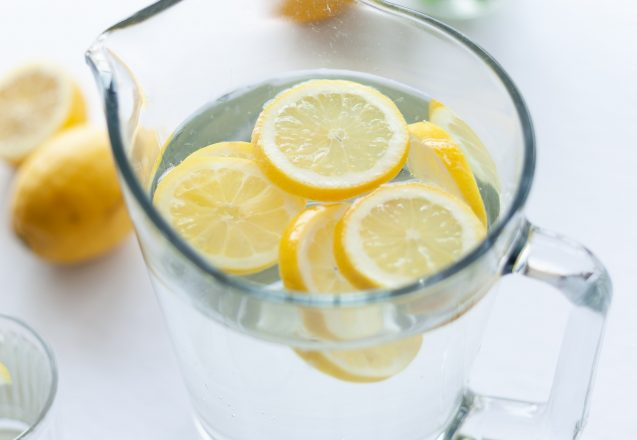
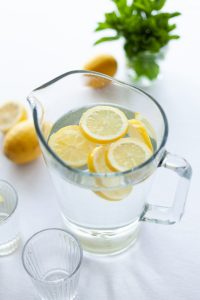 If you’re looking for an easy way to help shed those extra pounds, consider drinking more water. You might say it sounds too easy to be true, but it’s not. If you aren’t already drinking eight 8-ounce glasses of water a day, increasing your water intake will probably help you lose weight. Of course, it’s just one of the aids and you still need to change your eating habits and workout regularly. How can something as simple as a glass of water boost your weight loss?
If you’re looking for an easy way to help shed those extra pounds, consider drinking more water. You might say it sounds too easy to be true, but it’s not. If you aren’t already drinking eight 8-ounce glasses of water a day, increasing your water intake will probably help you lose weight. Of course, it’s just one of the aids and you still need to change your eating habits and workout regularly. How can something as simple as a glass of water boost your weight loss?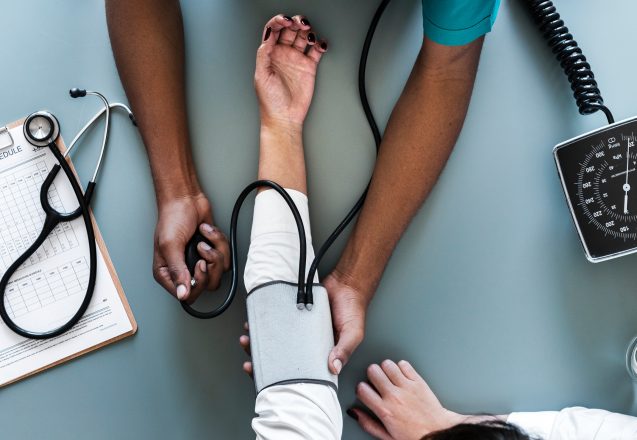
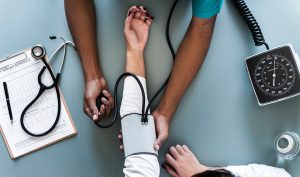 I have a lot of clients in Houston, TX, that tell me they actually are staying healthier, looking great and avoiding illness now that they are working out. One even told me that he was ready for the flu when there was chaos at work, but it didn’t happen this year. That’s because working out burns off stress hormones. There’s a link between stress hormones and illness, so burning them off can keep you healthier.
I have a lot of clients in Houston, TX, that tell me they actually are staying healthier, looking great and avoiding illness now that they are working out. One even told me that he was ready for the flu when there was chaos at work, but it didn’t happen this year. That’s because working out burns off stress hormones. There’s a link between stress hormones and illness, so burning them off can keep you healthier.
 I always loved helping clients in Houston, TX, which is why I developed an online presence, so I could help even more people. I enjoy all the great comments and stories they share about how they love being fit. It makes everything I do worthwhile. Whether it’s the young mother that not only got back her figure, but also boosted her energy level and mood, or the young girl that lost weight revealed the real person she was meant to be, who now had the confidence she needed to accomplish her goal, it warms my heart to see their success.
I always loved helping clients in Houston, TX, which is why I developed an online presence, so I could help even more people. I enjoy all the great comments and stories they share about how they love being fit. It makes everything I do worthwhile. Whether it’s the young mother that not only got back her figure, but also boosted her energy level and mood, or the young girl that lost weight revealed the real person she was meant to be, who now had the confidence she needed to accomplish her goal, it warms my heart to see their success.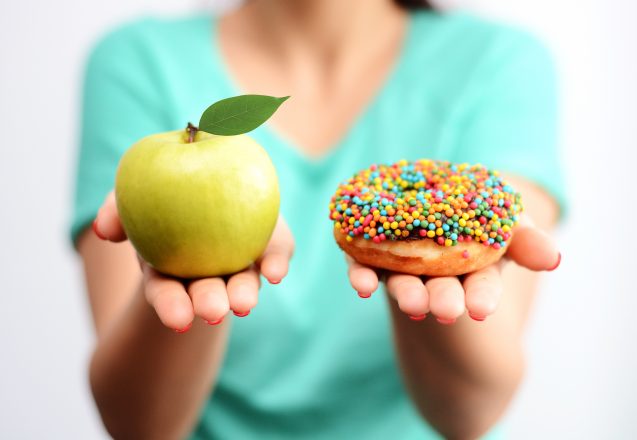
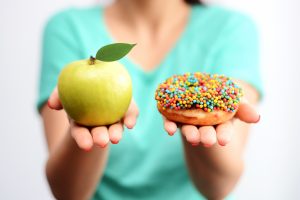 No matter what you’re talking about, if you’re looking for results of some type, the eighty/twenty rule is significant. Believe it or not, the rule actually is one of the most significant rules when it comes to fitness. What is it? It’s the rule that 80 percent of your results will come from a specific action, diet in the case of fitness, and 20 percent will come from everything else, exercise in this case.
No matter what you’re talking about, if you’re looking for results of some type, the eighty/twenty rule is significant. Believe it or not, the rule actually is one of the most significant rules when it comes to fitness. What is it? It’s the rule that 80 percent of your results will come from a specific action, diet in the case of fitness, and 20 percent will come from everything else, exercise in this case.